I’m 100% done with my economics class for this semester, even though only 1o out of 24 lecture recordings have been uploaded so far. Each month, over a million people view my answers on Quora, though I started writing daily on there only on January 1st, 2017. I’m building an app with two friends on the side, yet I don’t know how to write code in Swift.
The list goes on. I’m always dabbling in at least 3–5 projects, all with varying degrees of experience and success. The one thing I refuse to let myself be guilty of is not learning fast enough so each of them won’t at least have a shot at working out.
This week, I thought about my learning process and asked myself what I could share with you about how to learn faster. I found four steps.
Step 1: Consider your experience.
“What have I previously learned about this field or one that’s tangentially related?”
- I’ve taken many college classes before. Thus, I know I do best if I go through them sequentially. Trying to make progress on six classes at once feels like treading water.
- For two years before starting my Quora journey, I wrote almost daily. I knew how to write decent, longer content, but not what would work on here.
- I have zero experience in creating and launching apps.
This step ensures you’re neither setting a delusional goal, nor just paddling around in your comfort zone.
Step 2: Design an experiment.
“What can I do here that might work?”
- For a similar class last semester, we got all the slides in advance and once I went through all of those and summarized them, I had a good grasp on the material. If I could get my hands on all the slides, maybe I could repeat the process?
- Since I was used to writing long-form content, I thought I’d err on that side on Quora too and start teaching lessons about things I know, like habits, behavior change, etc.
- An app needs to be developed – maybe I could get a developer to code the app and make it a shared project?
If you have some experience, no matter how slight in its relevance, it often pays to just go with your gut feeling of what might work.
If you have no experience in that field, just copy & paste a design you find and like.
Google “how to grow an Instagram account” or “how to pass statistics class” or “how to build my own bed,” browse some articles and videos and take your pick.
Step 3: Run it.
“What’s my next step to find out if this works?”
- I looked around online and eventually managed to get my economics slides from a friend. I started going through them, but quickly realized they didn’t give enough context. There are 24 lectures of 90 minutes, but only 100 slides total.
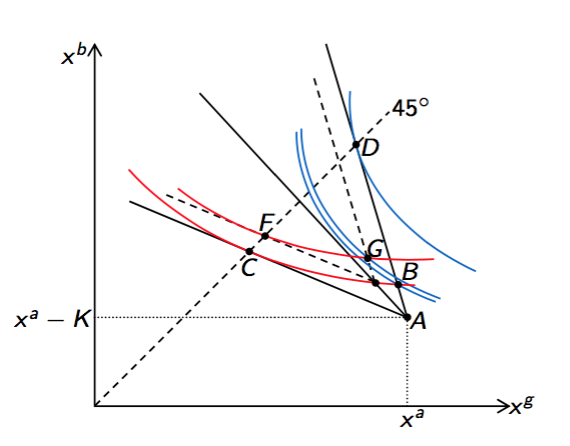
- For my first few answers, I dove straight into the cold, hard facts of the matter. That worked for very few of my fellow Quorans, there was no magic, no story and thus, my answers didn’t engage readers much.

- I asked a friend to ask every developer he knows if they’d want to help us with the app, and I sent videos of me briefly sharing the idea to another two I knew. One of them was instantly hooked and on board!

Maybe it’s just one step. Maybe there are multiple.
The point of this stage is to proceed with your designed experiment as planned until you either hit a resolution or a wall.
Step 4: Level up.
“How can I make this work (even better)?”
- Given I needed to listen to the lectures after all, I tried to find those. The same platform that hosts this year’s recordings still had last year’s. Score!
- When facts didn’t work, I started telling stories. First about historic figures and famous people, and later about me. My answers took off more and more, because now people could relate better to what I was talking about.
- Once we had our developer, our next step was to coordinate the project. We hopped on a Skype call, set some deadlines and to dos and created a Slack chat for us to stay in touch.
If what you did worked right away, you either do more of it or try the next, higher-level thing, depending on what the situation requires.
If what you did showed no results, you either try to tweak it so it does or go back to step 2.
The only separation between a theorist and a practitioner is the third step. You have to actually run your experiments to get feedback. Let’s look at two hypothetical case studies to show you the difference in results.
Meet Lisa Learner.

Lisa wants to become a really good soccer player, play for the girls’ team at her school, become a striker and score many goals.
Before practice even starts, Lisa buys several books about the history of soccer, the best strategies of winning teams and a few techniques on how to handle the ball. She sets the bold goal to read 12 of those books over the 12 weeks of practice before the big game.
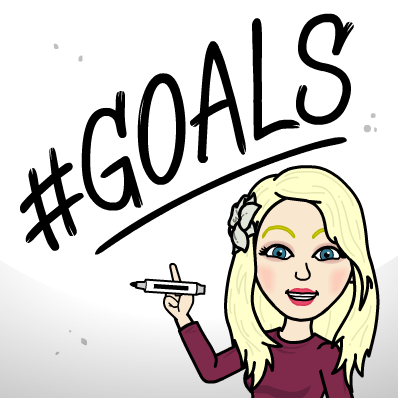
Lisa is diligent. She shows up to every training session and does her best. She does alright with technique, but has a tough time getting past opponents and convert her chances into goals when she gets into the end zone. In between practice sessions, she reads her books.
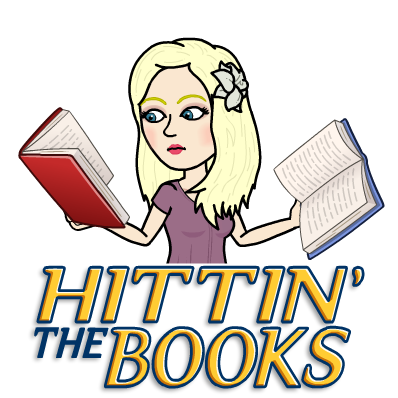
Before the big game, Lisa does well in the last practice session. She knows she has a few kinks to iron out, but prepares by finishing all her books, taking notes and reviewing them. She even memorizes different in-game scenarios and the right responses to them to beat the opposing team.
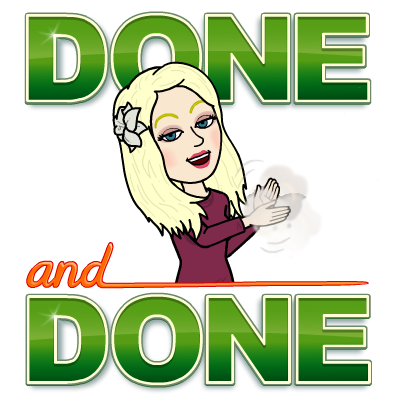
On game day, Lisa quickly realizes the other team has girls that are stronger, taller and faster than her. After the first half, the other team leads 1:0. In the second half, Lisa recognizes the formation of the other team as one of those she remembered from one of her books. She can’t exactly recall the exact recommendations, but somehow finds a hole, makes her way through and faces the goal.
She aims…shoots…and misses! The goalkeeper caught her shot. It wasn’t strong enough. The buzzer rings. The game is over.
Lisa Learner lost.
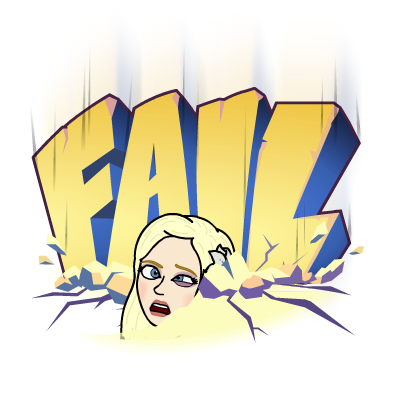
Meet Paul Practitioner.
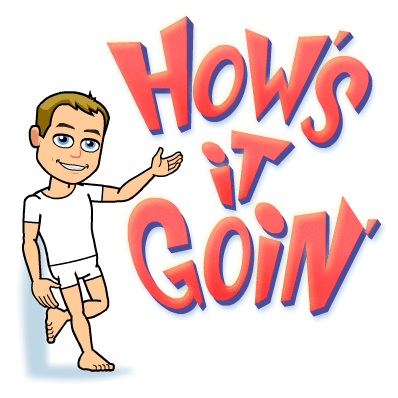
Paul has the same goal as Lisa. He wants to play for the boys’ team, become a striker, and kick his team to success.
He’s not big on books, but he sets a strict workout regimen for the 12 weeks leading up to the game. He thinks for a while, makes a schedule, and adds endurance and technique training blocks to his schedule between practice sessions.

Paul does alright in practice, but has a few weak spots like passing the ball and aiming when shooting on goal. After each team training, he goes home, makes a few notes what else he has to work on, and then focuses on those areas in his solo sessions.

On game day, Paul faces a similar situation to Lisa: They’re behind by one point and the opponents are stronger, taller and faster. Paul realizes he has to rely on what he’s practiced to turn this around.
Instead of going head to head, he tries to keep the ball as long as he can and runs back and forth. That not only confuses his opponents, but because of their size and speed, they’re exhausted much quicker than Paul, who’s improved his endurance a lot. Once the defense is weak and slow, Paul finds a hole, slips by and is alone in front of the goal.
Paul goes for the upper left corner, the shot he’s worked on his aim them most for. He aims…shoots…and it’s in! Score! Paul’s successfully pulled his team into overtime.

Because the opponents are even more exhausted now, Paul can pull his move another two times, and his team wins 3:1.
Paul Practitioner is the hero of the day…a true winner!

Lisa did great on the first two steps. She practiced according to her experience and bought books with the right experiments to improve the areas she was lacking in. But then she stopped. She never actually ran these experiments in extra solo practice.
Paul did. That’s why, when the time came, his muscle memory was up to the task. Because he’d leveled up enough.
The same thing applies in business: You can read all the business books in the world. If you don’t start knocking on doors, you’ll never sell anything. Reading “all great products are blue” in a book is easy. Being told your blue roses suck by 17 different people is hard. It’s real. It hurts.
But it’s the only way to succeed.
- Once I saw the lecture recordings were helpful, I wanted to watch them at faster speeds. But the online player didn’t offer that feature, so I found a way to download them from the source code. When double speed felt okay, I went to 2.35. And now I’m done.
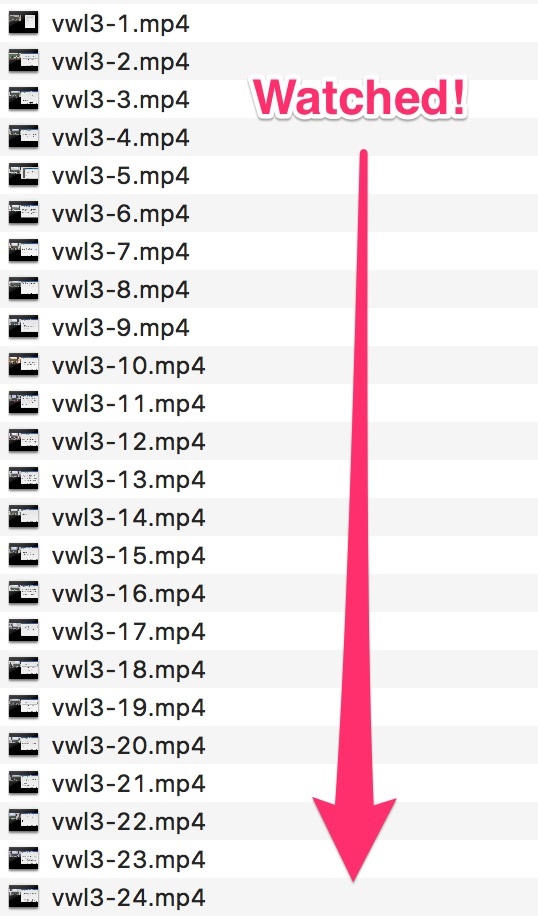
- Once personal stories worked, I started including pictures. Then to share longer stretches of my life’s story with timelines. Later, I branched out into other topics I knew less about and recently into joke answers and even some fiction.

- Once we had something in development, we started promoting the thing. We set up a website, newsletter, and opened the Slack community for people interested in app development. Our Instagram channel is just over 300 followers.

I’m not happy with all my results from these four steps. No one will be. But I sure am happy about the speed with which I’m getting them.

The question is how fast will you execute? How quickly can you go from designing your experiments to running them? How long will it take you to go from learner to practitioner?
Speed wins everything. In soccer as in business as in life. When you learn how to learn faster, maybe, just maybe, you’ll score that winning goal.
Originally published at niklasgoeke.com


